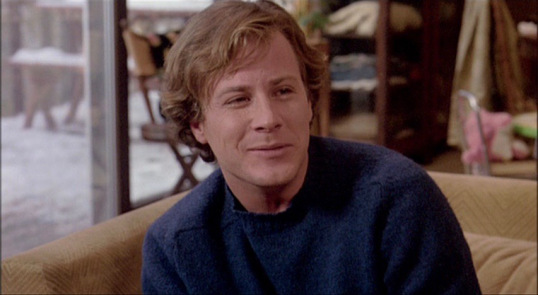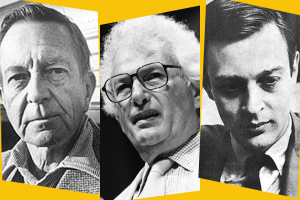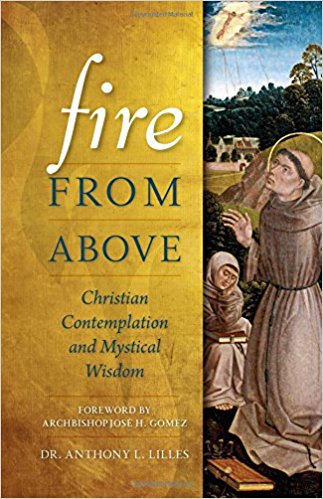 I hadn’t connected my less-than-celebratory plans with a national mood, but he made me think twice about it. We’re a wounded people who’ve let anger and division get the better of us, it seems. Contention has its costs.
I hadn’t connected my less-than-celebratory plans with a national mood, but he made me think twice about it. We’re a wounded people who’ve let anger and division get the better of us, it seems. Contention has its costs.
Jason Gray’s song The Wound Is Where the Light Gets In reminds me that hopeful possibilities can flow from our common wounds, especially in times when we don’t see much to celebrate.
I completed my 2017 reading with Fire from Above: Christian Contemplation and Mystical Wisdom by spiritual theologian Anthony Lilles, Academic Dean at St. John’s Seminary in the Archdiocese of Los Angeles. This profound and potentially life-changing little book on contemplation provides a sure focus for a year of hope, no matter what the horizon holds. Inspired by its wisdom, three words may guide the way into a year of hope.
Prayer.A hopeful new year will be grounded in prayer. This prayer will not consist in a few noisy moments spent “giving God his orders,” but in sincere contemplation of the face of Christ, allowing us to discover His presence in the here and now.
This prayer will by grace restrain us from the reactive mode in the current cultural climate and set us free to sincerely be who we are before Christ. “Only an uncalculated effort, free from worry over ‘spiritual’ results, is open to a wisdom purely focused on what pleases the Lord,” writes Lilles.
This prayer will help us protect the dignity of every human person, especially those most vocally opposing us in the public square. This prayer can penetrate speech-silencing secularism because it operates in love and truth and refuses to minimize its opponents. Without waiting for politicians to pass another law on immigration, healthcare, taxes or education, this prayer will send us to the “least, littlest, last and lowest” right in front of us and let love direct our footsteps.
Peace.
“Not as the world gives.” Christ Himself specified as much. A sincere effort to bravely live a life of peace without compromising belief for the sake of getting along will pave a path of hope.
We can become more peaceful when we give up our fear of derision. An angry tone may rooted in a defensive fear of being misunderstood and excluded.
When faced with persecution from those in authority over him, St. John of the Cross was able to maintain inner and outer peace by going deeper into prayer. “[His] conscience was bound not to renounce practices that he knew pleased the Lord,” notes Lilles:
Instead of capitulating to coercion and manipulation, he accepted being misunderstood and despised.
How perfectly this mirrors the Prince of Peace, who “thought not equality with God a thing to be grasped, but emptied himself” to become our peace.
We can reduce the amount of contentious media we consume (which surely puts derision more quickly on our own tongues as well as in our social media feeds) and instead, engage our friends in curious, open-hearted conversation.
Ironically, we must be ever-aware that maintaining peace is a battle. In a beautiful chapter on Saigon’s archbishop Nguyen Van Thaun’s struggle to love his captors during his Vietnamese War confinement, Lilles quotes the spiritual leader who offered hope to his people while suffering imprisonment in a Communist reeducation camp:
Presence.Peace depends on victory, and victory depends on struggle. If you desire peace, you will struggle continuously.
Practicing the presence of God embues our lives with meaning and enables us become a gift to others.
Lilles finds that the effort to lift up our hearts, becoming vulnerable to the God who is always present to us, is a “pathway to freedom from a certain heartlessness that has its grip on us.”
Lifting our eyes from our narcissistic absorption in technology, this contemplative engagement with God and the things of God gives us the liberty to look up and see the wonders unfolding before us.
Prayer, he says, is “mutually willed communion” with God that leads us out of ourselves and into greater communion with others. That means presence.
Surely the increased isolation we’re imposing on ourselves by our attachment to technology is a contributor to the current somber mood. Seeking to remain more present to God and to others, we can pray for grace to discipline our devices so that they serve us rather than diminishing us by their omni-presence.
We must lift up our eyes from our screens before we can lift up our hearts to enjoy God’s presence and open our hearts to each other.
Dedication to prayer, peace and presence can lead to spiritual revolution. Lilles maintains that the more we are connected to Christ, “the more He connects us together with everything that most matters.” That connection can address the most pressing issues of our time with love and undaunted courage.
Leaning into the ancient practices of prayer, peace and presence, we will walk into the new year with hope. If we’re up for the battle, we may even feel like celebrating sooner than we think.

I discovered Anthony Lilles’ work on contemplative prayer through a wonderful series of podcasts on St. Elizabeth of the Trinity at discerninghearts.com. So rich, I’ve listened repeatedly to each one, which led me to read Elizabeth of the Trinity for myself, which led to one of Sparrowfare’s very first posts, The Lab Girl and the Contemplative: A Campsite Convergence.
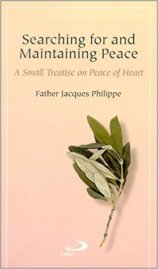 Fr. Jacques Philippe’s Searching for and Maintaining Inner Peace is
Fr. Jacques Philippe’s Searching for and Maintaining Inner Peace is 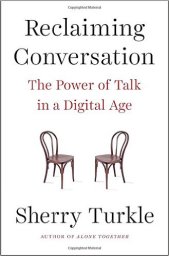 a powerful short read that will inspire your heart and lead you in the pathway of true, not-as-the-world-gives peace.
a powerful short read that will inspire your heart and lead you in the pathway of true, not-as-the-world-gives peace.
If you’re concerned about the effect of technology on presence to each other, Reclaiming Conversation is a must-read. Sherry Turkle, the Abby Rockefeller Mauzé Professor of the Social Studies of Science and Technology at MIT, helps us identify and prevent the pitfalls of the technological age.
Jason Gray is becoming one of my favorite singer-songwriters. “The Wound is Where the Light Gets In” is among the songs on Sparrowfare’s upcoming Playlist of Hope. Visit his website here.
Photo by Aleksandr Ledogorov on Unsplash.
Inspire your inbox! Follow Sparrowfare by placing your email in the sidebar’s follow box and you won’t a post.
Thanks for staying in touch. Please share Sparrowfare!
Share this:
